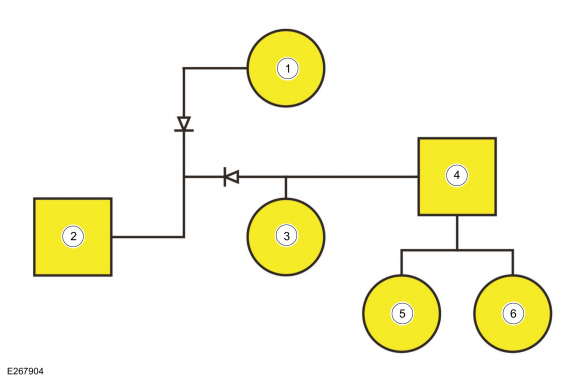- Thread starter
- #1
I remember the press releases mentioned the BRaptor had front knuckles based on the F-150. In watching Autopian's video of the BRaptor, I noticed the old vacuum-style IWE on the inside of the knuckle:

Visible at 5:48 in this video:
Is this a pre-production or display unit fluke, or does the BRaptor actually have IWEs?
Visible at 5:48 in this video:
Is this a pre-production or display unit fluke, or does the BRaptor actually have IWEs?
Sponsored

